Another labdanum based accord, like our beloved chypre, is amber scent which is comprised of 3 key notes: labdanum, benzoin and vanilla. So, before we unravell amber’s magnificent allure we must first get aquainted with its components. In this post we will dive into the makeup of this spellbinding scent, but first lets talk about common misconceptions surrounding amber.
Amber scent misconceptions
Before we discuss about its makeup we’d like to make it as clear as possible that amber is not a single scent, like jasmine for example. Nor does it derive from a hardened resin of a tree, as the name implies. Nor is it an olfactory category, like floral scents for that matter – though its wide commercial appeal has given rise to an entire family of ambery scents. As above mentioned, amber is a perfuming term used to describe a certain accord of three particular scent notes: labdanum, benzoin and vanilla, that when combined together create an entirely unique olfactory experience.
It’s one of the rarest of accords that even the most trained of noses will not be able to distinguish (although certainly aknowledge) its original scent makeup, because the final result is so harmoniously blended that creates something totally and exceptionally new: Amber!
Note also that amber scent has got nothing to do, and doesn’t even come close to “ambergis”, a natural derived ahem… digestive by-product of whales which smells remarkably salty/fresh. Nowadays, only synthetic substitutes (ambroxide) are used to recreate ambergris scent. Anyway. Amber is not ambergris.
Makeup of amber scent
We have already gotten into some specifics about labdanum in our chypre article so we will briefly state that this centuries old dark resin extracted from the leaves and twigs of rock rose is pure perfumery gold. It’s multifaceted scent profile can only be discribed as deeply sensual derived by a combination of unique characteristics such as a profound powdery dry leather allure, and a balsamic rich resinous appeal.
Next we have a scent note that needs no special introduction from us: vanilla. And we are talking about the pure extract which comes from nothing other than its ripe seed pods. So, we have another dark material waiting to be mixed in the making of amber scent to offer a buttery charm to the entire accord.
And if those two notes weren’t enough to produce an irresistibly balsamic result we have the third and last (and most potent in the mix) ingredient which is another strong resin: benzoin. Note: You may have come across it as “styrax” which is basicaly the same thing. Benzoin is typically a “gum”, but through some perfumery alchemy it is turned into (another) dark resin ready to be thrown into the mix and offer a unique incense-like quality with again very distint vanillic properties. Think of it as the binding agent, or the mediator, between labdanum and vanilla, bringing these two notes into perfect unison.
So, there you have it! A unison of 3 powerhouse resins that serves as a base of almost 90% of all oriental perfumes out there with its leathery/incense/balsamic character.
Amber scent variations
Much like chypre, there are plenty of amber scent variations out there which offer a small twist to the typical accord (without completely altering the “sexiness” factor). These accords usually incorporate (or replace) vanilla with tonka bean to give a little bit of nutty/spicy kick to the mix, further enhacing its overall oriental output.
Other variations include (or replace) benzoin with Peru balsam which offers an interesting woody quality to the accord. Peru balsam comes quite close to the balsamic profile of benzoin, but it is void of the incense quality, so perfumers use it as a “lighter” approach to amber without sacrificing its whole immersive experience.
Labdanum of course, cannot have been even imagined of being replaced in a typical amber scent…
We have quite a few ambery scents in our store, some floral and some woody – of course many of them are in the oriental category of fragrances. But if you would like to experience the truest form of amber in all its bewitching glory, look no further than our premium Rock Rose and Amber Fragrance Oil.
Small side note: We’ve mentioned the word “dark” 3 times in this article and it was on purpose. One way to quickly figure out pure amber or pure labdanum concentration in fragrance oils is by examining their color. Heavy labdanum or heavy benzoin mixes have a somewhat “scary” dark redish to brown color. Our Rock Rose and Amber has that scary appearance which may affect the color of your end-products a bit, but at least you know you’re getting the real thing! 😉

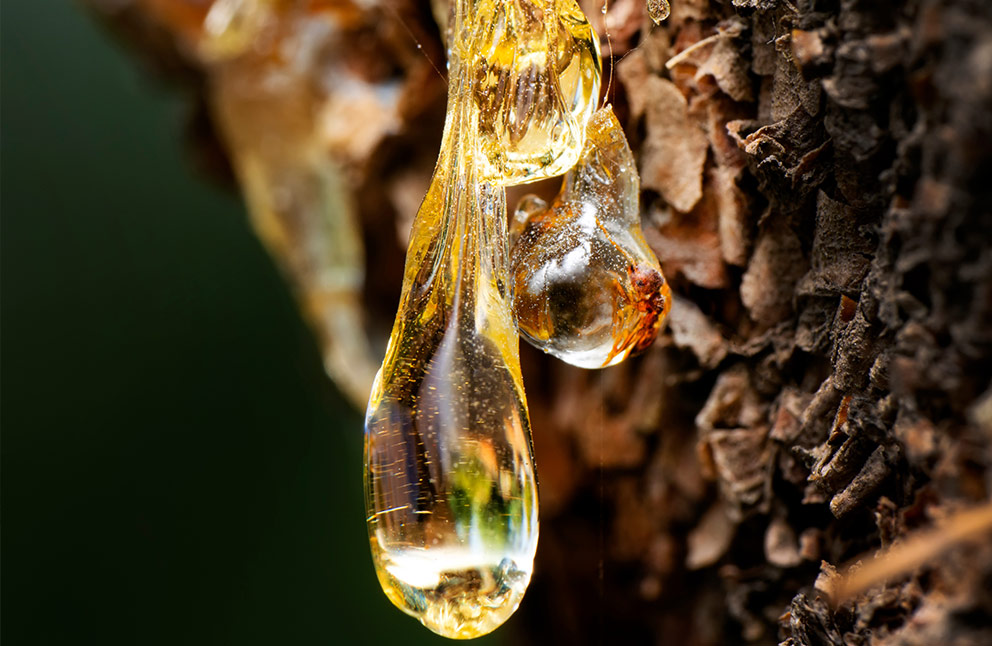

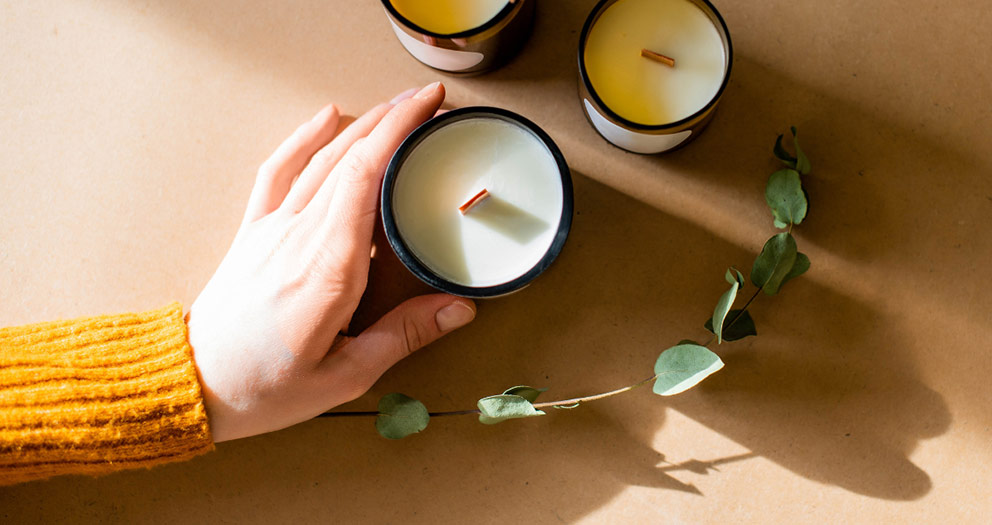
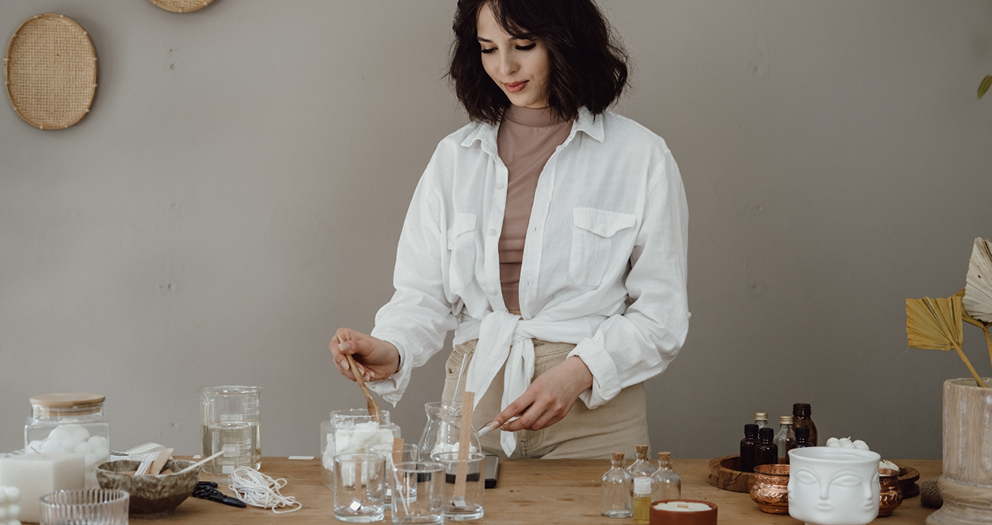
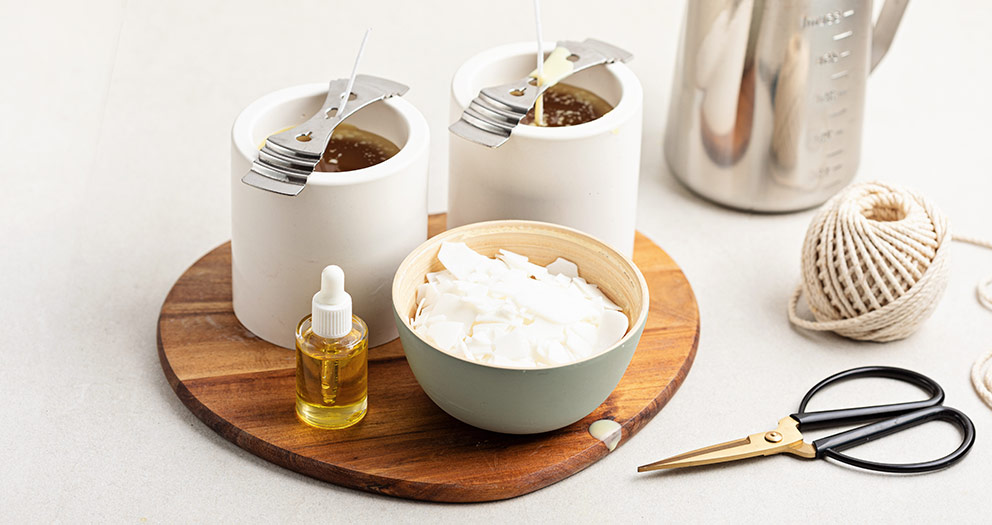
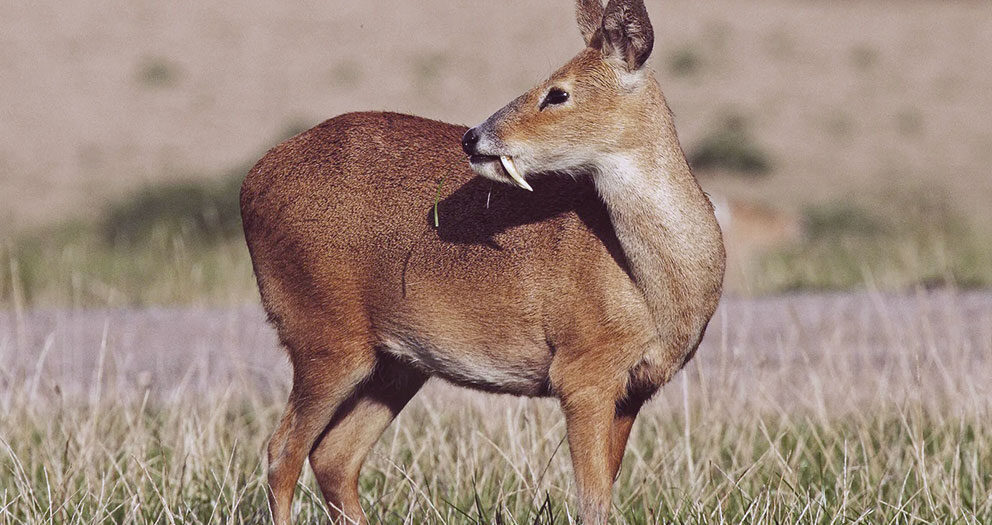
Write a comment
Your email address will not be published. All fields are required